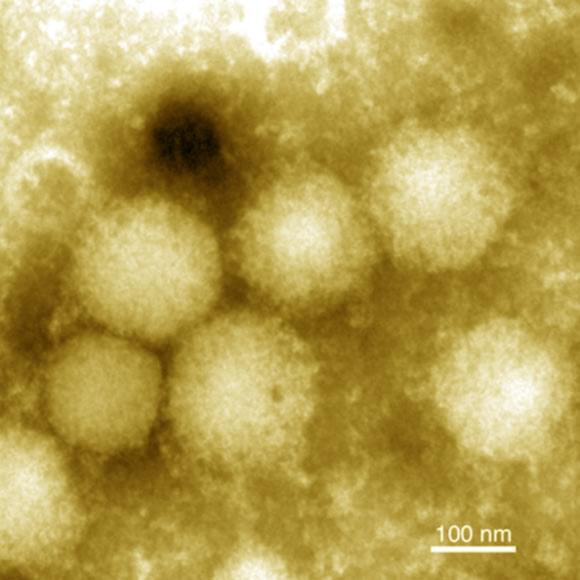AstraZeneca has requested emergency use authorization from U.S. regulators for its new treatment to prevent COVID-19 for people who respond poorly to vaccines because of a weakened immune system.
In a statement on Tuesday, the Anglo-Swedish drugmaker said it included data in its filing with the Food and Drug Administration from a late-stage trial that showed the drug reduced the risk of people developing any COVID-19 symptoms by 77 per cent.
The antibody therapy called AZD7442 could protect people who do not have a strong enough immune response to COVID-19 vaccines or to supplement a vaccination course for those, such as military personnel, who need to booster their protection further, AstraZeneca has said.
AstraZeneca said its late-stage trial that showed the drug reduced the risk of people developing any COVID-19 symptoms by 77 per cent.






